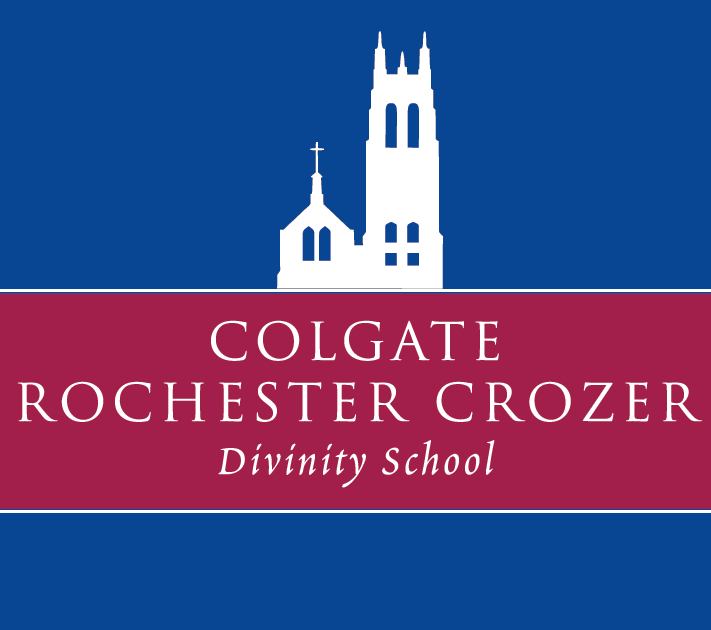Special thanks to Vikki Law from Truthout Magazine for covering the grassroots effort to stop Baltimore’s youth jail. Full article availabe on Truth-out.org
By Victoria Law, Truthout | News Analysis
While Illinois is closing two youth prisons as a cost-cutting measure, other states are not. Washington State’s King County recently passed a $210 million renovation and expansion of its youth jail. Undeterred, activists work to halt the jail. In Baltimore, organizing against a youth jail proves that popular disapproval can derail supposedly done deals.
With the number of youth behind bars at an all-time low – dropping 41 percent from 107,000 in 1995 to under 71,000 in 2010 – are more youth jails really necessary?Research has shown that community-based programs that keep youth connected to their families are more likely to succeed than jails or prisons. So when Dede Adhanom learned that King County was proposing to renovate and expand its current youth jail in Seattle’s Central District, she was outraged.
On April 5, 2012, King County Council members held a public meeting at Seattle University to introduce Proposition 1, a $210 million tax levy to renovate the dilapidated King County Youth Services Center to include a youth detention center with 154 dorms as well as ten family courtrooms. “It was at 1 PM. A lot of people can’t make 1 PM meetings unless they work at a job that pays them to be there,” Adhanom noted. Undeterred, she and several others attended. “We shouted them out of there. That they’re having the public meeting at 1 PM shows their intentions.”
That was the first action of the group that became No New Juvie. To counter the Seattle University meeting, the group convened a People’s Forum. “Dede spoke as someone who had been incarcerated. Another person who had been incarcerated as a youth spoke about his experience,” Alex West, another No New Juvie member, recalled in a separate interview. The group held events in Seattle neighborhoods where residents were most affected by incarceration. They organized a Festival of Resistance outside the juvie. “We made posters and patches. We had games. We had a self-defense workshop and a building healthy relationships workshop. We asked, ‘What do we need to make the jail obsolete?'”
Adhanom noted that the expanded facility is called the Children and Family Justice Center. “They didn’t call it a detention center or jail,” she pointed out. Even then, it only passed with 55 percent of voters’ support. West recalled that several friends later told him that, not realizing the Center was a jail, they had voted in favor of the levy.
According to the official timeline, King County is currently conducting outreach to identify issues and stakeholders and is requesting proposals to select a communication consultant. One might say that, with the tax levy passed and the county embarking upon its first steps, the new jail is a done deal.
Lesson From Baltimore: Even Done Deals can be Undone
However, across the country, grassroots organizers have learned that even done deals can be undone. In 2005, Maryland Governor Bob Ehrlich approved the planning money for building a youth jail in Baltimore. According to Maryland state law, juveniles charged as adults are not allowed to be held in designated juvenile facilities. Instead, the approximately 50 youth charged as adults are held in adult facilities while awaiting trial or until their case has been remanded back to the juvenile court system. The proposed jail would have 230 beds.
In 2009, Heber Brown III, pastor of the Pleasant Hope Baptist Church, read an article in the Baltimore Sun about the proposed jail. “I was shocked and perturbed,” he told Truthout.
Brown utilized his pulpit at Pleasant Hope Baptist Church to talk about the youth jail. He wrote articles. He reached out to the contacts he had developed over a decade of organizing in Baltimore City. “The climate lent itself to the campaign [against the jail],” he recalled. “The city was proposing closing schools and recreation centers. The state was having a perennial financial deficit. It wasn’t difficult for anyone to see the hypocrisy of building a hundred-million-dollar jail when they’re closing schools and services.”
Others were also incensed about the proposed jail. When Leaders of a Beautiful Struggle (LBS), a grassroots youth-of-color-led think-tank, learned about it, they began mobilizing.
“The jail was sold to the general public as a humanitarian effort for young people who are incarcerated in adult facilities that are overcrowded, full of ‘hardened criminals,’ etc.,” LBS member Lawrence Grandpre told Truthout. He pointed out that the numbers used were based on projections of a dramatic increase in youth incarceration, ignoring the decrease in youth crime.
“Many of us understood the role of racism and white supremacy in mass incarceration,” Dayvon Love, another LBS member, added, noting that black youth are more likely to be charged as adults than their white counterparts.
LBS members took a multifaceted approach to engage the community and involve youth. They held community forums in which they spoke out against the jail. They appeared on the radio, including Baltimore’s popular Marc Steiner show. They reached out to legislators.
“In the beginning, the legislators said it was a done deal,” Grandpre recalled. “Then, they told us individually, ‘Personally, I’m against the jail, but I can’t activate until I see activism against the jail.'”
Activists took advantage of the 2010 election cycle, targeting not only Governor Martin O’Malley, who was running for re-election but other candidates as well. Brown and others began the Stop the O’Malley Jail Campaign: “They showed up at election stops, asked the candidates where they stood on the issue, videotaped their responses and posted them on YouTube,” recalled Jamye Wooten, the founder/publisher of Kineticslive.com, an online forum linking social justice issues and faith communities.
“We always knew where the governor would be on his campaign,” Brown recalled. “We’d show up with signs, bullhorns, screaming about the issue. He learned to expect us when he came to Baltimore.”
Photos: Youth Justice Sunday



















